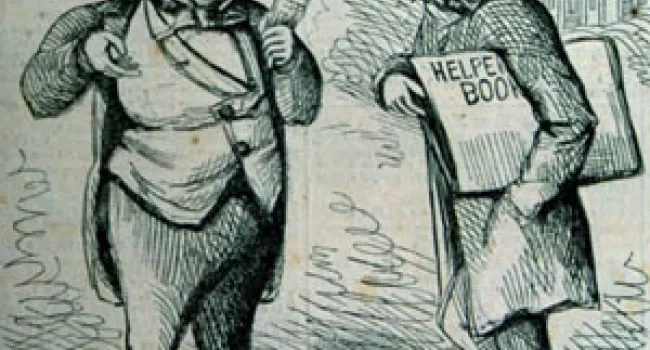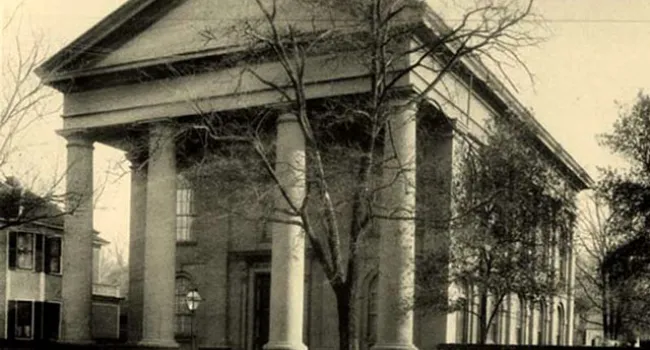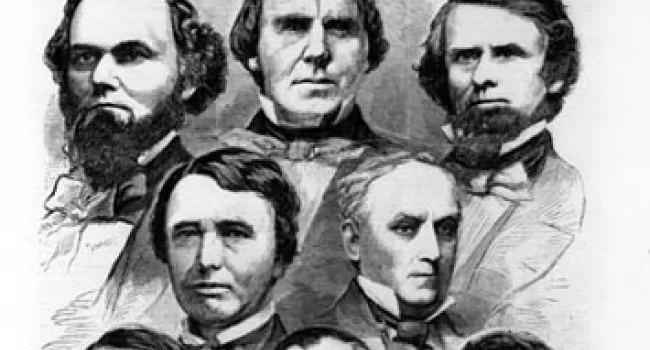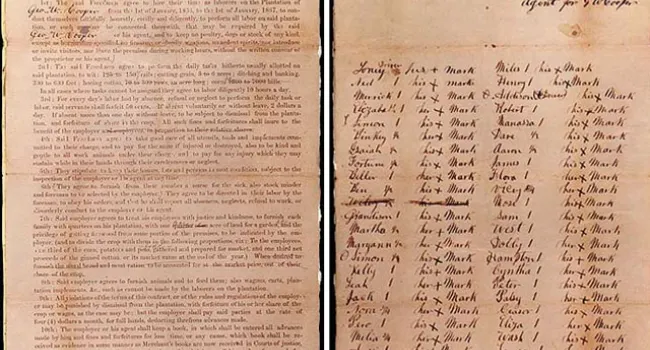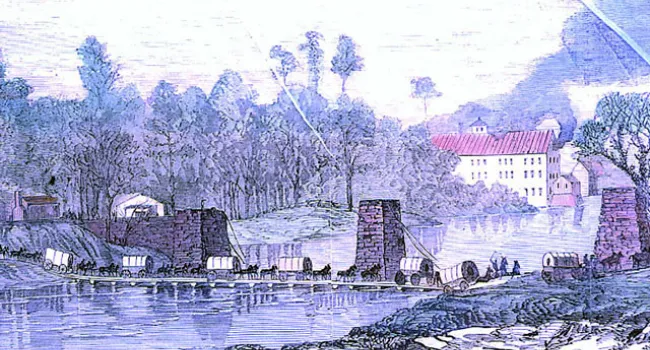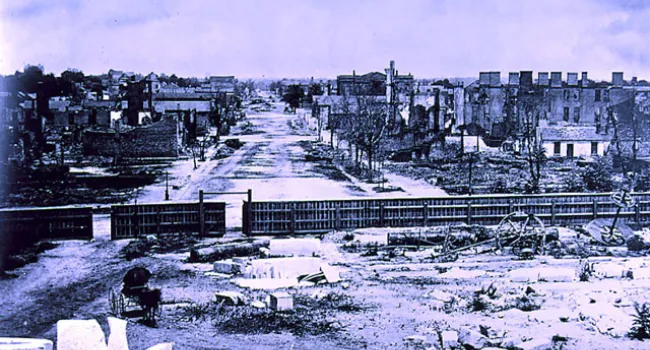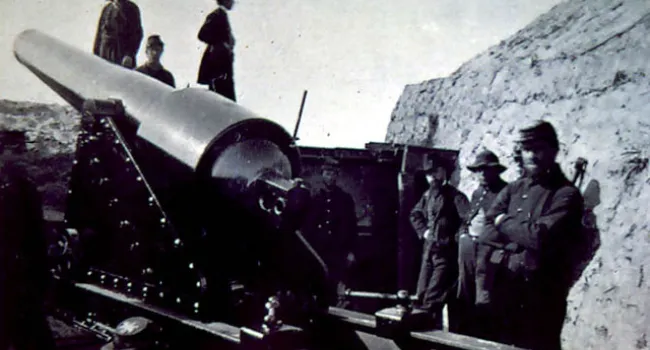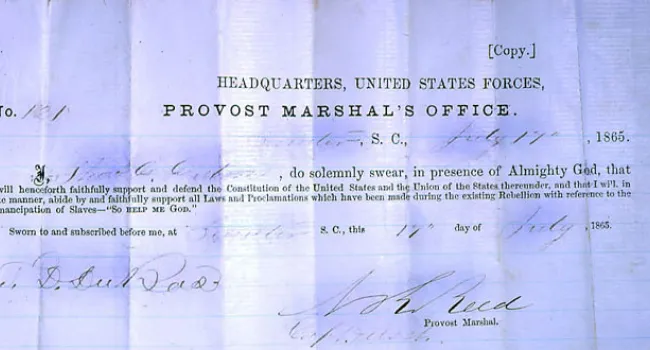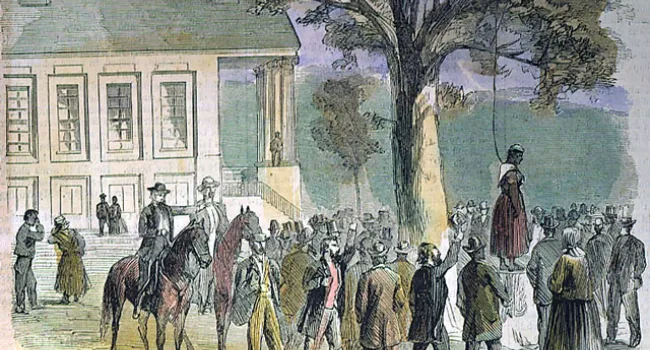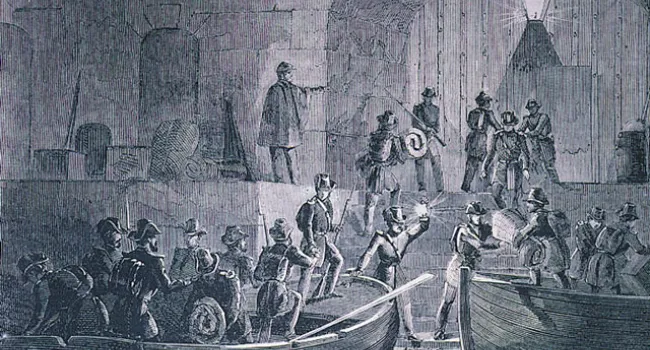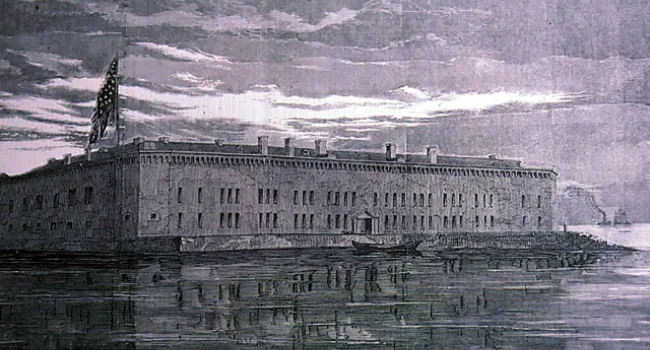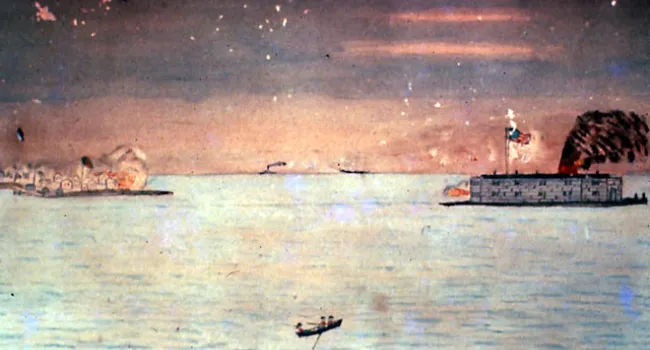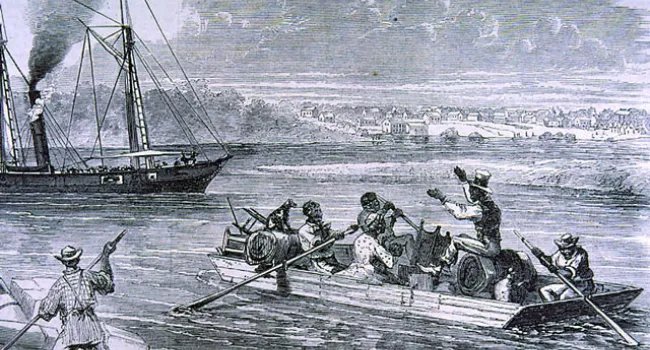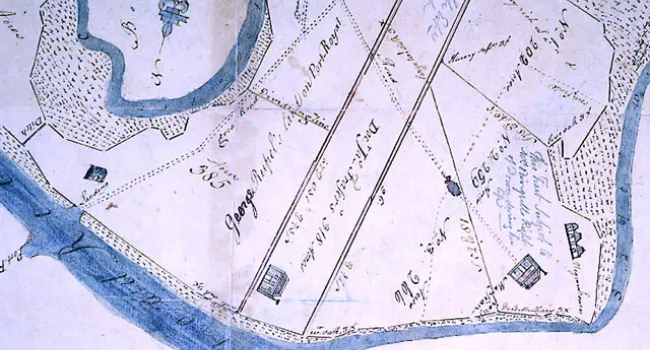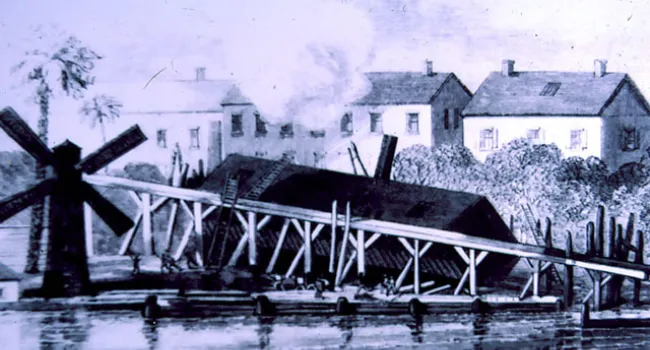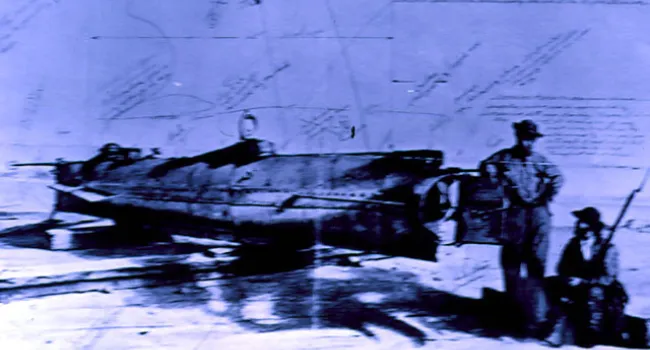
At the end of the Civil War, both of South Carolina's major cities lay in ruins. Even as Sherman approached Columbia, another branch of his army occupied Charleston. The accidental explosion of a stockpile of Confederate powder near the Cooper River, and a fire begun by the burning of the Ashley River Bridge on February 17th and 18th, destroyed areas of the city not already burned in 1861. Here, the ruins of the Mills House stand guard over a desolate city.
Courtesy of the National Archives and Records Administration.
Standards
- This indicator was developed to encourage inquiry into the continuities and changes experienced by Americans of various genders, positions, races, and social status during the Civil War.
- This indicator was developed to encourage inquiry into the relationship between the Civil War and the experiences of women, African Americans, and the planter class in South Carolina.
- This indicator was developed to encourage inquiry into the effects of military strategies to include but not limited to: wartime technologies, the Anaconda Plan, conscription, and Sherman’s March to the Sea.
- This indicator was designed to encourage inquiry into the Civil War focusing on the impacts of military strategies and major turning points on South Carolina and the U.S.
- 8.3.E Utilize a variety of primary and secondary sources to analyze multiple perspectives on the effects of the Civil War within South Carolina and the United States.


